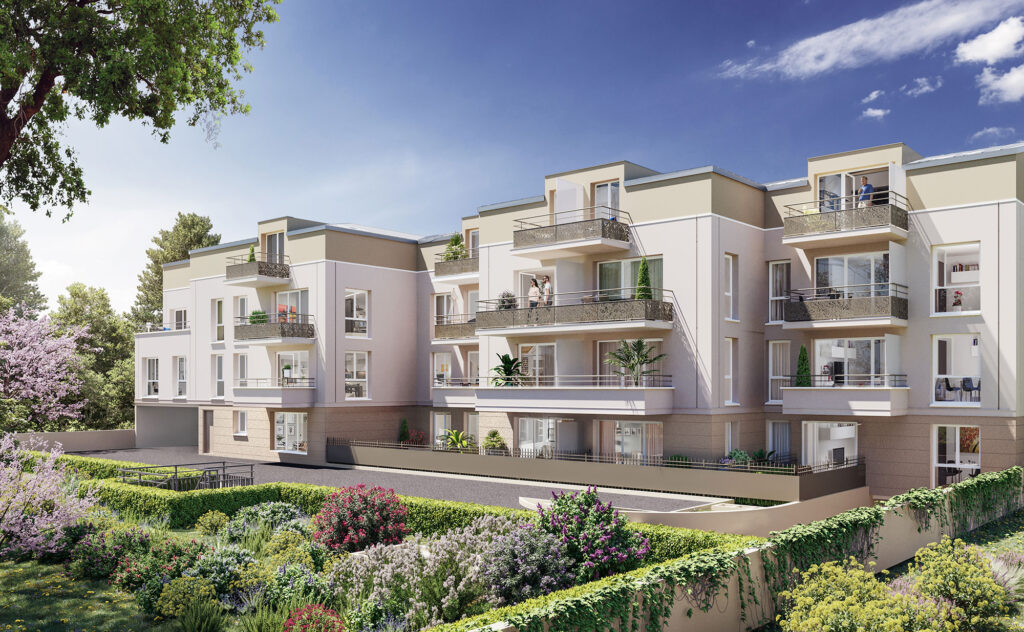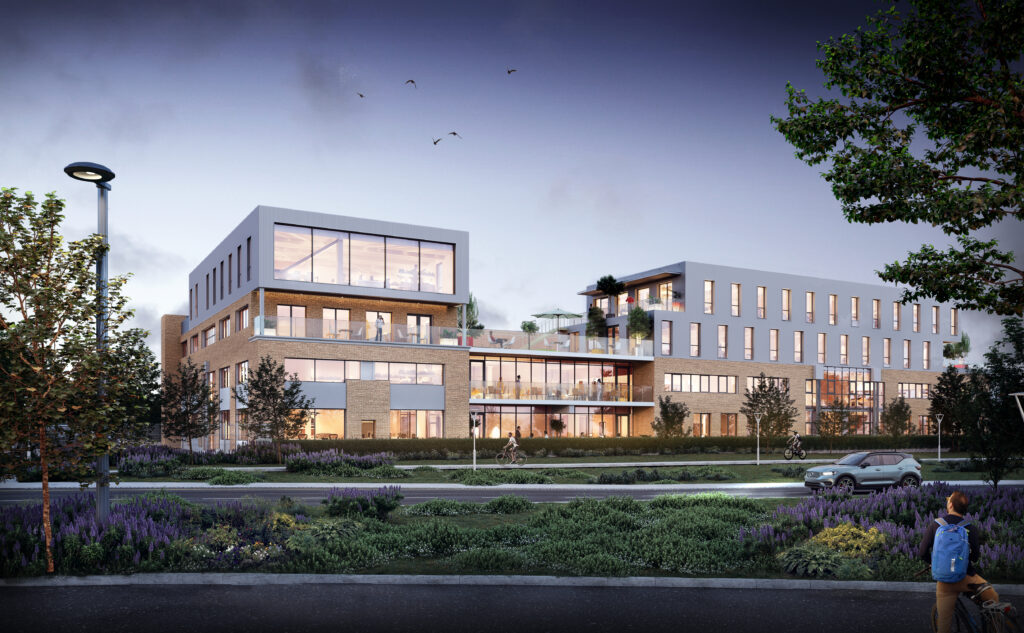Since its emergence in the 90s, 3D modeling has become an important part of the economy. All sectors of activity have benefited, from tourism and video games to real estate.
From drawing up specifications to using the latest innovations, these projects are revolutionizing design, construction and communication. In this article, we present a guide that explores 3D project development in depth.
The 3D project development process
The development of 3D projects begins with a basic idea and then follows a series of precise steps. These guarantee the quality and precision of the 3D renderings.
Drawing up specifications
A 3D graphic designer or 3D studio is responsible for the entire project. He or she begins by gathering the essential information for the project, in the form of documents such as architectural plans, sketches, inspiration photos and a list of textures.
It's also a question of knowing the customer's needs: 3D perspective, real estate models, product design, etc. This will enable the 3D artist and client to agree on a vision for the project. Specifications can then be drawn up, to serve as a guiding document for the next steps.
Model in white
The computer graphics designer uses CAD software to create the skeleton of the project, i.e. a model in white. In the real estate sector, this often involves extruding the contents of a 2D plan, to obtain volumes.
Next, he creates the openings (doors and windows) in accordance with the architectural plans, adding a realistic touch.
The graphic designer presents this blank model to the customer for validation or correction. After any corrections and modifications, it's time to move on to the next stage of 3D project development.
Texturing and special effects
Texturing consists of applying the texture, i.e. the colors, to the 3D framework. This phase is particularly delicate, as it's what makes the visual convincing or not. A 3D computer graphics designer carefully selects the textures best suited to the various surfaces.
It takes into account the specifications noted in the specifications. It adjusts roughness parameters to give a smooth, rough or soft appearance for maximum realism.
Light and shadows contribute to the photorealism of a 3D project. The graphic designer selects the various light sources and places them coherently on the 3D scene. This not only brings the project to life, but also highlights one aspect of the product.
The importance of collaboration in 3D projects

The development of 3D projects leads to the importance of better collaboration between all stakeholders. Indeed, 3D graphic designers don't always work alone. Depending on the scope of the project, he may be joined by his client, specialized artists or other collaborators.
Collaboration platforms
For efficient team collaboration, many 3D visualization platforms are available online. These are sites with the necessary power to visualize 3D projects.
Thanks to their many features, each team member can annotate, comment, launch instant discussions or view the 3D project in real time.
This makes them particularly interesting for product design or apartment renovation.
BIM platforms for co-construction
In the construction industry, BIM or Building Information Modeling is playing an increasingly important role. It provides a real-time , remote collaboration solution for the entire team in charge of building a complex.
All team members have access to all project data (materials required, plans, construction progress).
CAD software with BIM integration enables advanced collaboration. Each party can include master data, integrate new information or modify the virtual model. So, in the case of a real estate project, multidisciplinary collaboration is entirely possible.
In the real estate sector, several people can collaborate on a single 3D model: 3D artists, developers, engineers, designers, architects, project managers.
The benefits of collaboration
Collaboration on the development of 3D projects is particularly advantageous. It enables clearer, more effective communication at every key stage of the project. Collaborative platforms facilitate validation and feedback. The level of information is similar for everyone, providing a clear and reliable database for all.
What's more, thanks to the ability to assign defined roles to each person, the coordination of project players improves. The ability to collaborate online and in real time saves time for everyone involved, enabling delivery deadlines to be met.
Return on investment for 3D projects
For several years now, many professionals have been enjoying a real return on their investment. This explains the rapid development of 3D projects in various sectors.
However, there are as yet no tools capable of precisely measuring these returns on investment, since everything depends on each company and each case. Nevertheless, to understand the ROI on a 3D modeling project, it is possible to gather several pieces of information.
Reduce design costs and contingencies
The 3D project ensures a return on investment when it reduces design costs. Indeed, in the real estate sector, digital models help to reduce any unforeseen events on site.
A 3D visualization enables the detection of design errors or defects that can lead to additional costs on a worksite.
Productivity improvement
3D models optimize a project's operational efficiency. For example, BIM can be used to simulate processes, costs and even the energy consumption of a property.
By working with 3D tools, it is possible toimprove the process and plan the project properly. This saves time, enabling us to offer shorter delivery times.
Increased profitability
In addition to reducing the costs involved in creating a product or building a property, 3D project development also improves sales. In real estate, 3D visuals enhance every aspect of a construction.
Communicating such visuals helps you sell better and faster.
New technologies linked to the development of 3D modeling

The development of 3D projects inevitably leads to the emergence of related or complementary technologies. Numerous innovations arrive on the market and continue to improve the customer experience or the creation or construction process.
Artificial intelligence
Artificial intelligence is currently integrated into a number of software programs, making it easier to create 3D designs and models. All you have to do is enter your specifications and requirements into a prompt, and the AI will automatically generate all the necessary data.
It saves time, while delivering stunning results. This technology is becoming increasingly important in software, and will ultimately redefine the 3D modeling process.
Virtual reality
Virtual reality offers total immersion in a virtual environment through the use of VR goggles. This technology, very popular in the world of video games, is gaining ground in the tourism and real estate sectors.
3D printing
Although 3D printing isn't a totally new technology, it's continually improving to offer more breathtaking renderings. To achieve this, 3D models need to be optimized and prepared for printing.
Even the most complex shapes lend themselves easily to this thanks to advances in the field. This revolutionizes the creation of physical models, drastically reducing creation time and improving rendering durability.
Entrust your 3D projects to professionals








